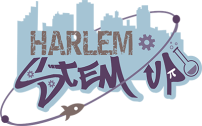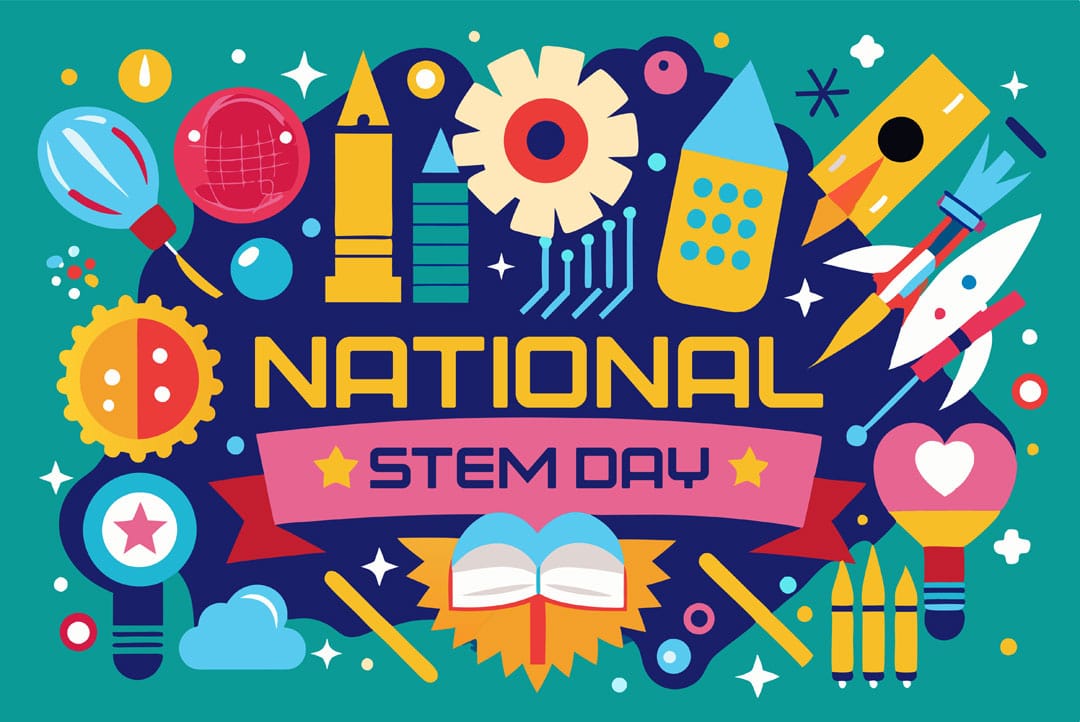Science and math are everywhere—but sometimes, we forget to look beyond textbooks and test prep. For many families, culture and creativity are central to daily life. Whether it’s the beat of a drum, the rhythm of a dance, or the power of a story passed down through generations, these cultural practices hold rich opportunities for STEM learning.
By exploring the science behind the arts, families can help kids build critical thinking, observation, and problem-solving skills in joyful, meaningful ways.
The Science of Sound and Rhythm
Music isn’t just art—it’s physics and math in action. Beats, patterns, frequencies, and vibrations all offer entry points into STEM learning.
When a child claps to a rhythm or plays a drum, they’re developing timing, spatial awareness, and pattern recognition. These same skills are crucial in coding, mathematics, and engineering.
Encourage kids to:
- Count beats and measure tempo
- Explore how different materials produce different sounds
- Experiment with making their own instruments using household items
- Compare sound waves from different instruments or voices using free apps or online tools
Dance and Motion: Physics in Every Step
Dance teaches kids about balance, motion, angles, and energy. It introduces physics concepts like force, gravity, friction, and momentum in ways that are felt through the body, not just written on a page.
Next time your child is moving to music, try asking:
- “How does your sense of balance change when you jump or spin?”
- “What makes a slide or turn smoother?”
- “Can you create your own sequence using different shapes, speeds, or patterns?”
Integrating movement with observation helps kinesthetic learners make strong STEM connections.
Storytelling and Pattern Recognition
Whether it’s a family story shared or bedtime reading, oral traditions help children recognize sequence, logic, cause and effect, and problem-solving—all essential components of scientific thinking.
Stories also teach kids how to observe the world, make predictions, and ask thoughtful questions. These narrative skills are especially useful in data science, where explaining trends and creating meaning from patterns is just as important as collecting numbers.
Invite your child to:
- Retell a family story using sequence words (first, next, then, last)
- Identify the “problem” and “solution” in a tale
- Ask “what if” questions that spark creative thinking
- Create their own stories using science vocabulary or themes
Looking for a story that connects STEM to cultural pride? Check out Operation Harlem: How Jazzy Becomes a Surgeon by Dr. Madeline Sutton. It’s a vibrant picture book that follows Jazzy, a young Black girl from Harlem, as she discovers her love of science and begins her journey toward becoming a surgeon. It’s a powerful reminder that STEM dreams are rooted in identity, imagination, and community.
Bridging Worlds at Home
Families don’t need to choose between cultural pride and academic success. In fact, the two go hand in hand. When STEM learning reflects a child’s lived experience, it becomes more powerful. Recognizing the connections between cultural expression and scientific thinking helps kids see themselves in STEM—and destroy the myth that STEM is only for certain types of students or learners.
When we value dance, music, language, and storytelling as valid ways to learn, we broaden our definition of intelligence and ability.
At home, you can help engage your child in STEM thinking by:
- Playing music and talking about rhythm and frequency
- Encouraging your child to express science concepts through dance or spoken word
- Sharing stories and discussing logic, inference, and pattern
- Celebrating the innovation within cultural traditions, from farming techniques to fashion design
Want to Explore More?
Here are two great places to find STEM activities that connect with everyday experiences:
- NISE Net’s Outdoor Toolkit: https://www.nisenet.org/outside
- STEAM Powered Family STEM Activities: https://www.steampoweredfamily.com/stem-activities/
Final Thought: Your Culture Is STEM, Too
STEM isn’t just something your child learns in a lab. It’s something they live through sound, movement, tradition, and imagination. When we embrace the cultural roots of curiosity and innovation, we help kids build STEM identities that feel personal, powerful, and full of possibility. And when we turn up the music or tell a favorite story, we’re not just bonding, we’re building scientists, engineers, and thinkers ready to move the world forward.




